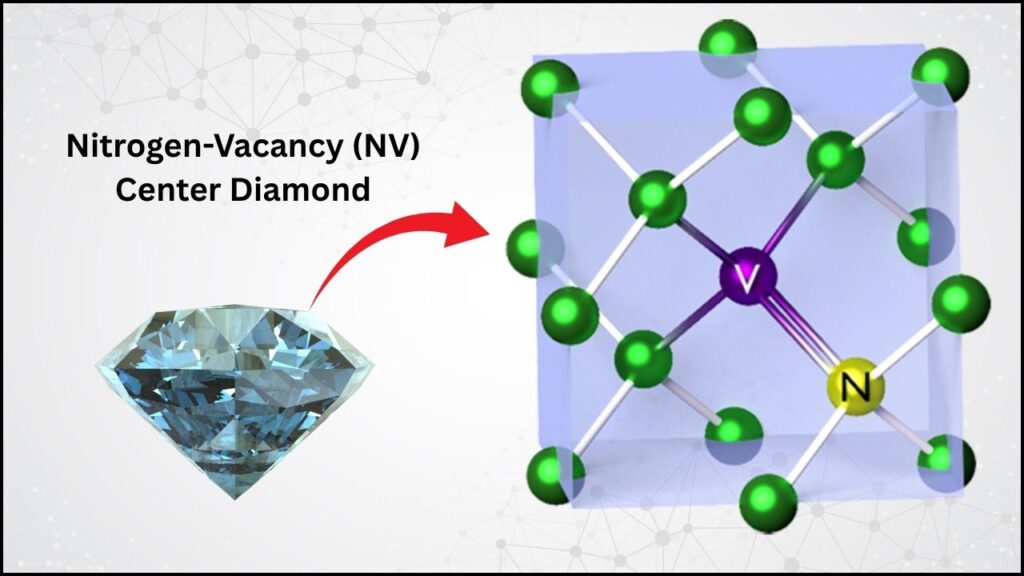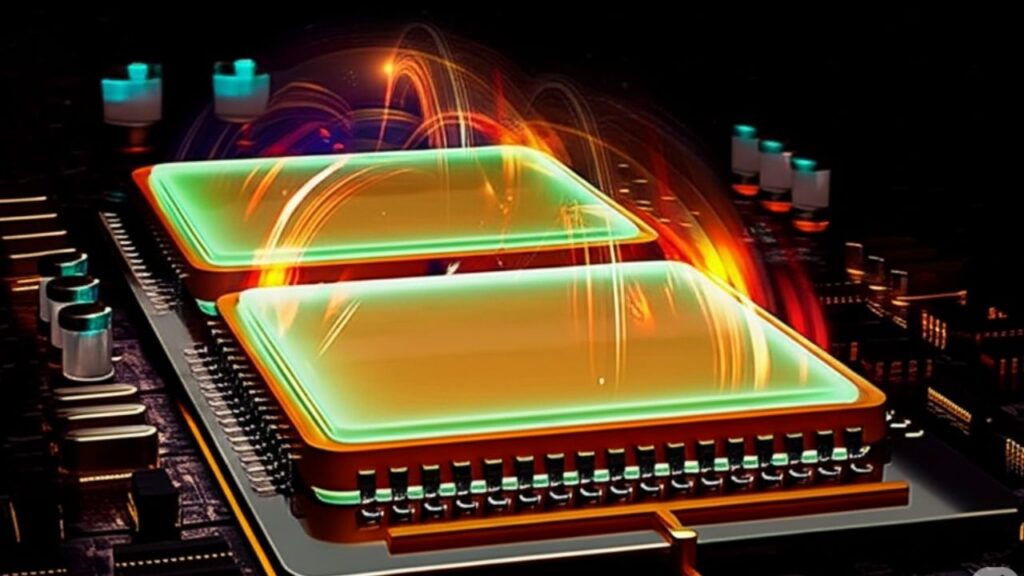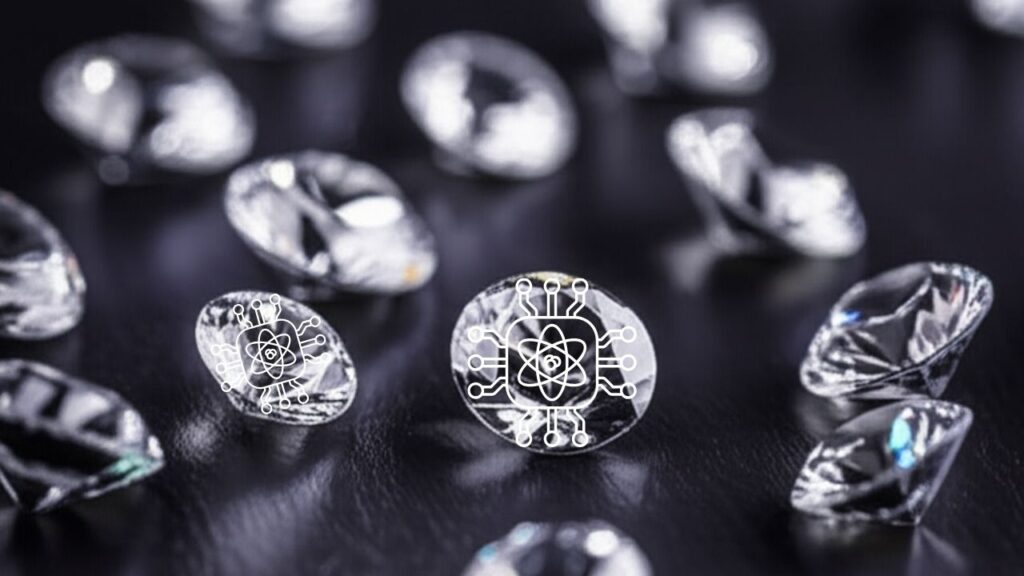The world of wireless technology is on the cusp of another breakthrough as the Massachusetts Institute of Technology (MIT) announces a revolutionary development: an ultra-efficient, miniature 5G receiver that consumes less energy than nearly any comparable chip and outperforms conventional receivers when resisting interference. This chip, smaller than a sesame seed, could be the hidden engine powering the next era of advanced smart devices and the ever-expanding Internet of Things (IoT).

If you think wireless technology is complicated, you’re not alone. That’s why this article is here: to break down MIT’s new 5G receiver in a way that’s clear, practical, and reliable. Whether you’re a tech enthusiast, a parent, an engineer, or a business leader, understanding the potential of this innovation could help you prepare for changes coming soon to consumer products, homes, factories, and cities worldwide.
Let’s explore how MIT’s invention works, why it matters, the real-world impact it could have, and what professionals and families alike can expect from the future of connected devices.
Table of Contents
MIT Unveils Tiny 5G Receiver
| Feature | Details |
|---|---|
| Chip Area | Under 0.05 mm² (smaller than a sesame seed) |
| Power Needs | Less than 1 milliwatt (less than an LED indicator) |
| Interference Resistance | 30x better than most current 5G receivers |
| Use Cases | IoT devices, medical sensors, wearables, industrial monitors |
| Design Innovation | Stacked capacitor network + ultra-low-power switches; leverages the Miller effect |
| Official Source | MIT Microsystems Technology Laboratories – News |
MIT’s ultra-efficient, “smaller-than-a-flea” 5G receiver doesn’t just shrink wireless hardware; it redefines what’s possible for smart, connected devices. By combining radical miniaturization, extraordinary energy savings, and resistance to noise and interference, this innovation unlocks a new world of wearable tech, medical sensors, smart infrastructure, and more. As the technology transitions from prototype to widespread use, professionals and families alike can look forward to devices that last longer, perform better, and cost less to operate—driving the vision of a smarter, more efficient, and truly connected world.
Why Is MIT’s Ultra-Efficient 5G Receiver a Big Deal?
Today’s connected world is booming. We’re surrounded by smartphones, watches, remote sensors, and smart home gadgets. But the future promises even more: billions of tiny devices—from fitness trackers to medical implants to pollution monitors—working together, nonstop, everywhere.
The challenge? Traditional wireless chips are often too large or draw too much power to fit in such tiny, always-on devices. They also struggle to “hear” the right signal in the sea of wireless noise. MIT’s latest receiver is a game-changer because it tackles all these problems at once:
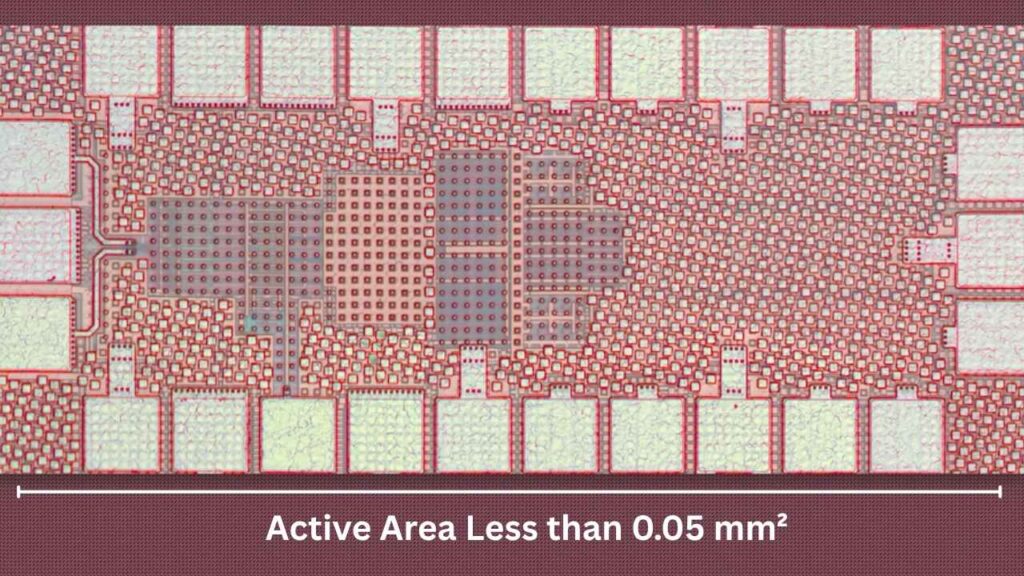
- Radical Miniaturization: With an active area less than 0.05 mm², it’s perfect for the smallest electronics, helping engineers slim down devices or put radio connectivity where it’s never gone before.
- Ultra-Low Power: Consuming less than 1 milliwatt means a tracker or sensor could run for months or years on a button battery, slashing maintenance costs and hassle.
- Exceptionally Robust: Its design filters out interference with up to 30 times more effectiveness than common chips, resulting in far more dependable connections—even in crowded cities, factories, or hospitals.
These strengths could reshape wireless technology by making previously impossible products viable, extending battery life dramatically, and boosting reliability in vital settings.
How Does the MIT Receiver Achieve Its Breakthrough?
The innovation lies in both design philosophy and technical execution:
1. Advanced Stacked Capacitor Network
Conventional chips use separate filters—often bulky, power-hungry, and difficult to miniaturize. MIT’s receiver replaces these with a network of “precharged, stacked capacitors” connected by tiny, ultra-efficient switches. Think of capacitors as small storage buckets for electrical energy: stacking and linking them lets the chip quickly sort out helpful signals from background noise.
2. The Power of the Miller Effect
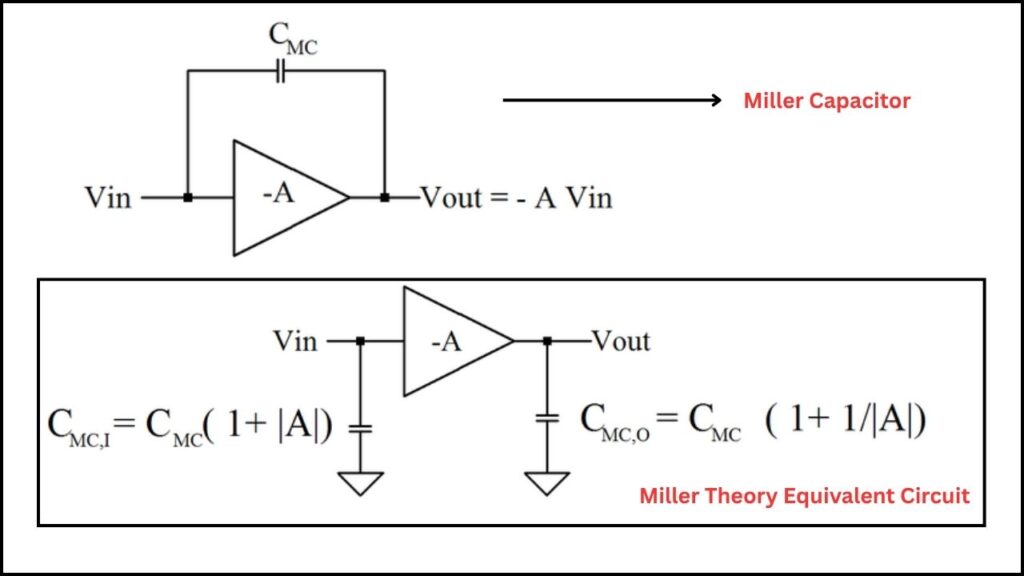
One clever trick: the circuit is arranged to take advantage of the Miller effect, which lets very small capacitors act “larger” than they physically are. This enables powerful filtering in an incredibly compact form, saving energy while shrinking the chip further.
3. Energy Frugality and Passive Filtering
The receiver’s filtering network is “passive,” meaning it blocks out unwanted signals before they ever reach power-hungry amplifiers or digital processing stages. This dramatically cuts total energy usage—devices stay connected longer, and batteries last.
4. Resilience to Jammers and Interference
Wireless environments are crowded. Industrial locations, city centers, and stadiums bombard devices with signals that can easily drown out important data. MIT’s chip is engineered to resist this “harmonic interference.” Where older receivers get confused and lose connections, this one keeps working.
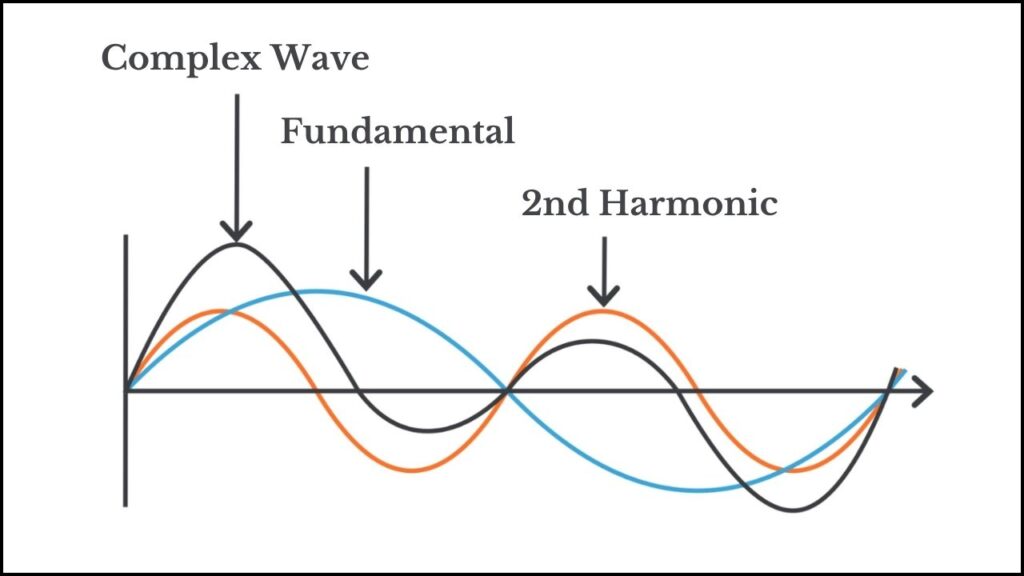
The Context: 5G and the Future of Wireless Devices
What is 5G, and Why Does It Matter?
5G isn’t just an upgrade for your smartphone. It’s the backbone for tomorrow’s most responsive and high-capacity networks, promising:
- Blazing-fast data (peak rates up to ~20 Gbps in ideal conditions)
- Ultra-low latency (as little as 1 millisecond, important for healthcare and robotics)
- Support for up to a million devices per square kilometer
But getting all these devices online—especially small, battery-powered ones—requires chips that are compact, cheap, and energy-saving.
Why Is Size and Efficiency So Important Now?
MIT’s receiver is designed for exactly these scenarios. IoT deployments often put sensors in hard-to-reach locations: bridges, underground pipes, rural health centers, or even inside the human body. Swapping or recharging batteries in these places is inconvenient or outright impossible. A receiver that “sips” power and takes up almost no space can open new frontiers, from agriculture to aerospace.
Practical Benefits: What Can This Chip Enable?
1. Longer Battery Life for Connected Devices
Imagine:
- Fitness bands that last a year on one charge
- Medical wearables monitoring vital signs day and night without worrying caregivers about battery swaps
- Smart home gadgets (like leak detectors or environmental sensors) that work silently in the background for years
2. Smaller, Sleeker Product Designs
Designers are no longer boxed in by large wireless modules:
- Tiny health implants to monitor heart rates or blood sugar almost invisibly
- Slimmer smartwatches, rings, and sports trackers
- Discreet trackers for wildlife research, asset security, or elderly care
3. Reliable Operations in Harsh, Noisy Environments
In factories or city centers, traditional chips often drop connections because of interference. MIT’s robust receiver lets safety sensors, automated machinery, or wireless payment terminals stay reliably online, even during noisy, peak-traffic hours.
4. Lower Manufacturing and Operating Costs
The streamlined design requires fewer components and less costly external filtering, making it easier and cheaper to mass-produce dependable, high-performance wireless devices. This in turn makes 5G-connected products more accessible—not just in wealthy cities, but also in developing regions and challenging field environments.
Step-by-Step Guide to How This Technology Works
Step 1: Radio Signal Arrives
Think of a tiny sensor on a factory wall. As invisible 5G radio waves come in, they are full of information—but also noise from other machines and transmitters.
Step 2: The Passive Filtering Network
The chip’s special network of stacked capacitors (operating with ultra-low-power switches) immediately blocks most unwanted signals, sorting out interference before the main receiver starts working.
Step 3: Clever Signal Amplification
Thanks to the design’s Miller effect, smaller capacitors amplify only the desired data. There’s no need for bulky, energy-hungry external components.
Step 4: Data Processing and Transmission
The “clean” signal is quickly converted into a form the device (or its microcontroller) can use, making connections fast, secure, and precise—all while using minimal energy.
Real-World Examples
In Healthcare
A flexible, sticker-sized heart monitor can check a patient’s pulse day and night—and send live updates to doctors—without frequent battery changes, even around other hospital electronics.
In Environmental Science
Coin-sized air quality monitors can be deployed anywhere, from busy intersections to remote mountain streams, gathering climate or pollution data for years and withstanding urban interference.
For Industrial Applications
Factories can track equipment health, gas leaks, or worker safety in real time, using sensors that won’t miss alerts even in rooms crowded with wireless equipment.
Asset Tracking and Shipping
Tiny, disposable tags can track fragile cargo on long global journeys, making sure items arrive safely and in the correct conditions.
MIT Introduces New 3D Chip Design for Improved Speed and Power Efficiency
MIT Demonstrates Quantum Simulator with Adjustable Synthetic Magnetic Fields
MIT Engineers Develop New 3D Printing Method to Reduce Waste and Enable Complex Designs
FAQs About MIT Unveils Tiny 5G Receiver
How long can devices run on MIT’s 5G receiver?
With less than 1 milliwatt power draw, devices like trackers, sensors, or wearables can operate months or even years on small batteries, greatly surpassing the lifespan possible with older chips.
Is MIT’s receiver ready for commercial products?
While still in the advanced research stage, MIT’s team has successfully demonstrated prototypes. The technology is inspiring discussion and development across the telecom and manufacturing industries, with potential for adoption in upcoming product cycles.
Will it only work with new devices, or can it be retrofitted?
The microchip is engineered for next-generation “smart” devices, favoring new designs focused on size and battery performance. As scaled production and standards develop, future chipsets could find their way into mainstream wearables, appliances, and more.
What types of interference can it resist?
The receiver is 30 times more resistant to a range of common harmonic and co-channel interferences—typical in crowded wireless environments—than many conventional receivers.

